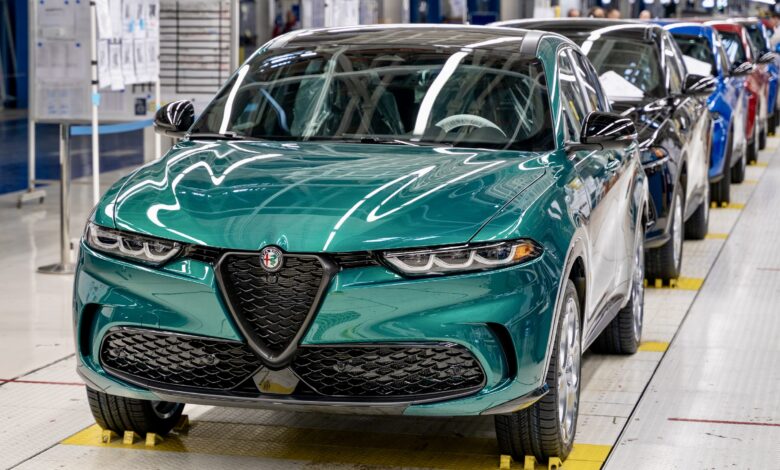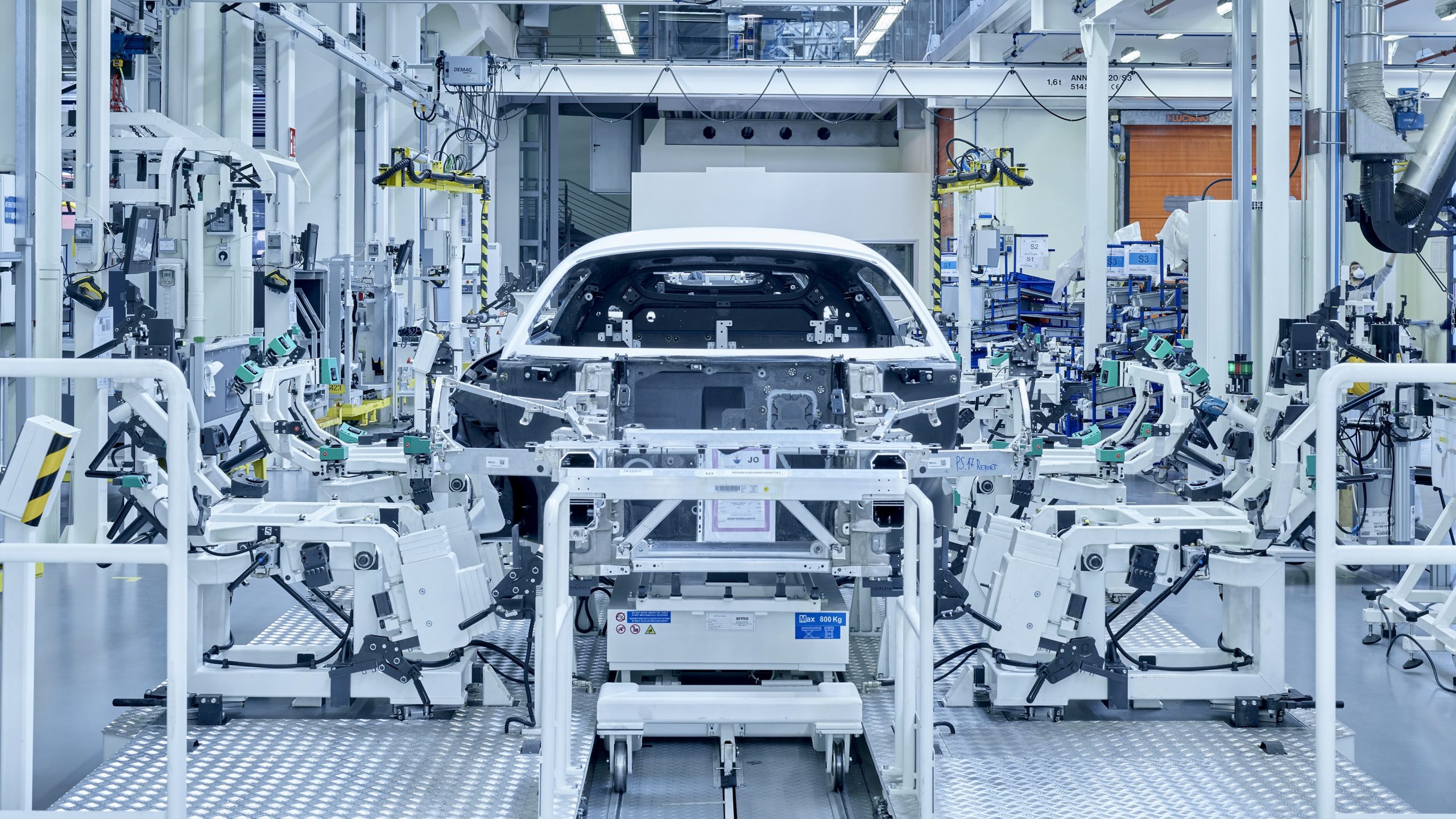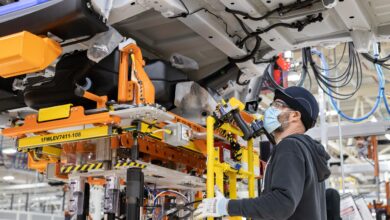Stellantis Faces 75% Earnings Hit from Trump’s 25% Auto Tariffs
Stellantis Braces for Financial Blow Amid New U.S. Tariffs

A new report suggests that Stellantis could see its annual earnings plummet by as much as 75% due to the Trump administration’s recently announced 25% tariffs on imported vehicles and parts. With Stellantis relying heavily on manufacturing in Canada and Mexico, these tariffs could force the European auto giant into a major restructuring to stay competitive in the U.S. market.
Starting April 3, 2025, the U.S. will impose a 25% tariff on all cars and light trucks assembled outside the country, with a temporary exemption for auto parts from Canada and Mexico until May 3. These measures are intended to encourage more vehicle production in the U.S. but could have severe consequences for automakers dependent on North American imports.
Stellantis’ Earnings Could Drop by Billions –

According to a report from Automotive News, investment bank Jeffries estimates that Stellantis’ earnings before interest and taxes (EBIT) would drop to $9.3 billion under these tariffs. Had the tariffs been in effect in 2024, they would have cost the company around $7.1 billion.
Stellantis’ North America sales are significantly tied to vehicles produced in Mexico and Canada, with an estimated 58,000 vehicles imported from Europe last year, including the luxury brands Maserati and Alfa Romeo.
Adding to the company’s struggles, Stellantis’ EBIT in 2024 had already fallen by 64% due to declining US sales and a September profit warning. This downturn led to the resignation of former CEO Carlos Tavares, with company Chairman John Elkann stepping in as interim CEO while a successor is sought.
Potential Solutions and Challenges –

One way Stellantis could mitigate these losses is by shifting production from Mexico and Canada to its underutilized US plants, which currently operate at only 52% capacity. However, transitioning operations on that scale is complex, requiring massive investment, supply chain adjustments, and workforce expansion.
Elkann recently addressed the issue during an earnings call, emphasizing the importance of North American market stability and affordability for consumers. He stressed the American Automotive Policy Council’s ongoing discussions with the Trump administration to balance US economic goals with industry competitiveness.
“The competitiveness of the integrated North American automotive sector is crucial. More importantly, we are concerned about affordability and the impact of these uncertainties on US demand,” Elkann stated.
What’s Next for Stellantis? –

The automaker is in a tough spot as it navigates these challenges. With its stock price already at a multi-year low, the selection of a new CEO will be critical in shaping the company’s future strategy. Moving production to the US could be a long-term fix, but in the short term, Stellantis will need to explore other cost-saving measures to maintain profitability.
As the global auto industry reacts to these new trade policies, Stellantis must act quickly to avoid a financial crisis that could reshape its operations for years to come.






2 replies
Loading new replies...
Join the full discussion at the Mopar Insiders Forum →